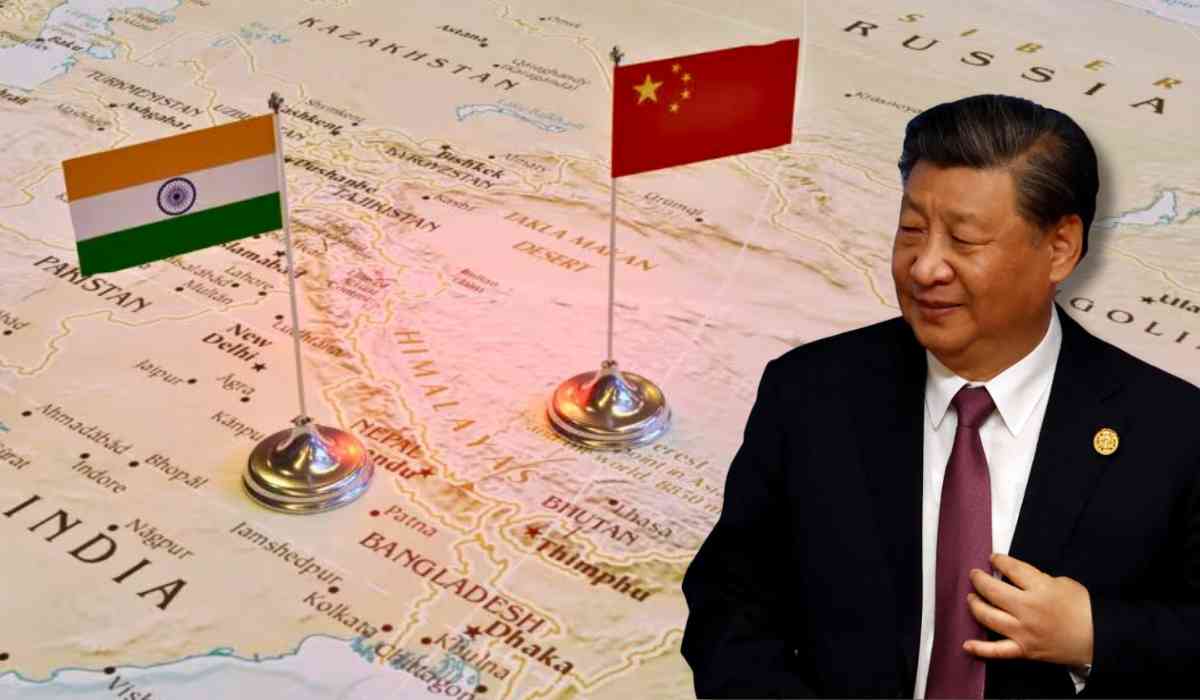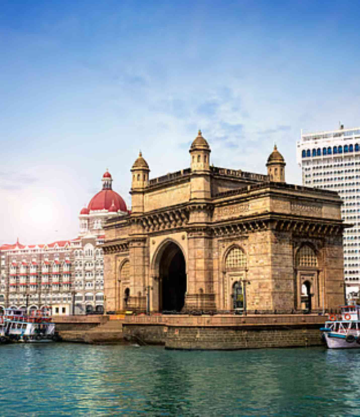India is being strategically surrounded—and not nearly enough alarm bells are ringing in New Delhi. While the attention of India’s policymakers and media often gets diverted to domestic politics or economic milestones, China is quietly, yet aggressively, tightening a web of influence in India’s immediate neighbourhood. This isn’t just about boundary disputes or an arms race. It’s about a full-spectrum encirclement: economic, diplomatic, military, and psychological.
The harsh reality is this—India is not just sharing a contentious border with China; it is surrounded by a ring of nations where Chinese influence is either dominant or rapidly rising. From Pakistan to the Maldives, from Myanmar to Nepal, China has embedded itself deeply into South Asia's geopolitics. And while India has taken some steps to push back, they are neither sufficient in scale nor urgent in pace.
Rising Chinese Influence in India’s Neighbourhood
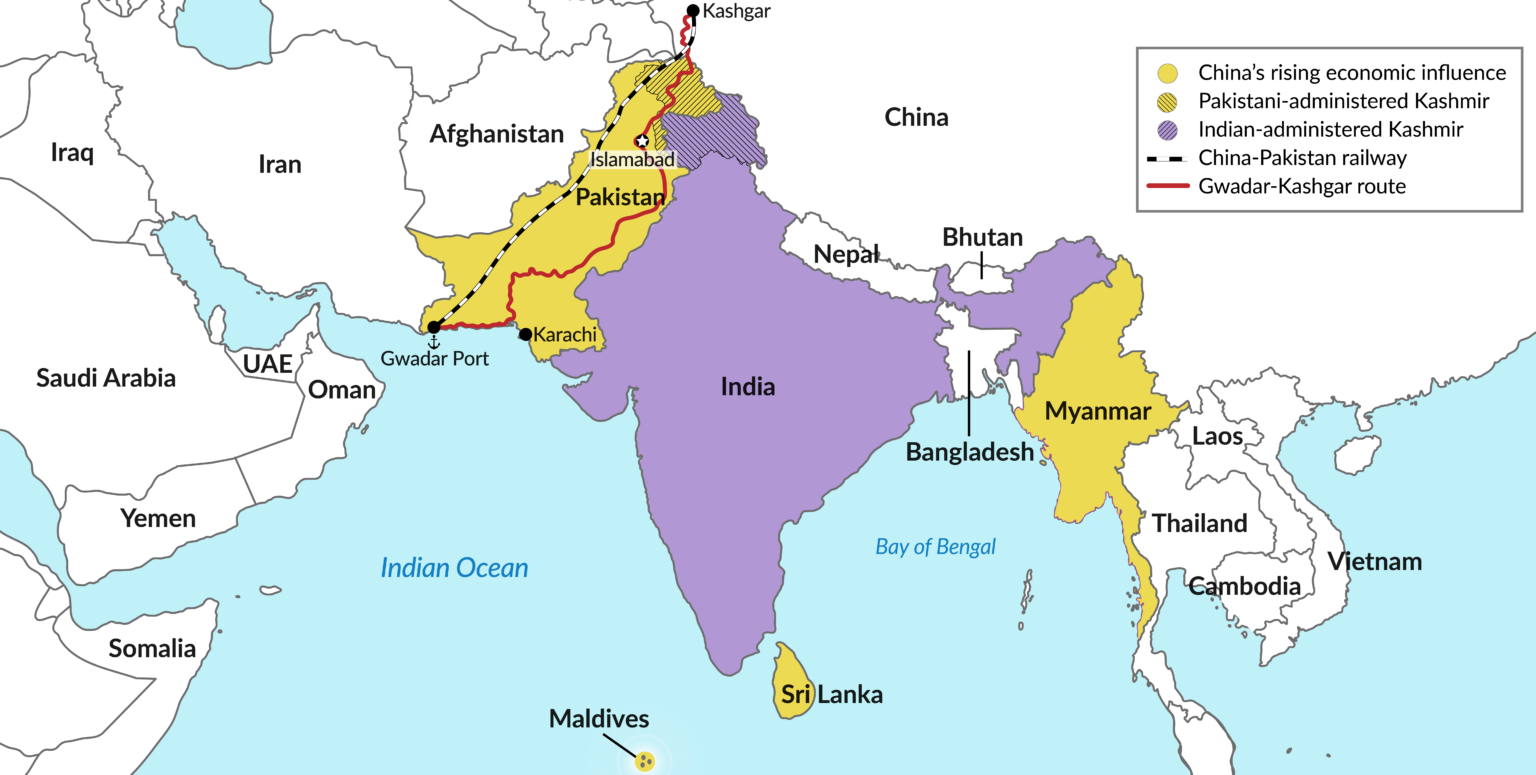
Over the last two decades, China's footprint in South Asia has expanded at an alarming rate. What was once a relatively limited presence has now evolved into a comprehensive strategy of influence that encompasses nearly all of India’s neighbours.
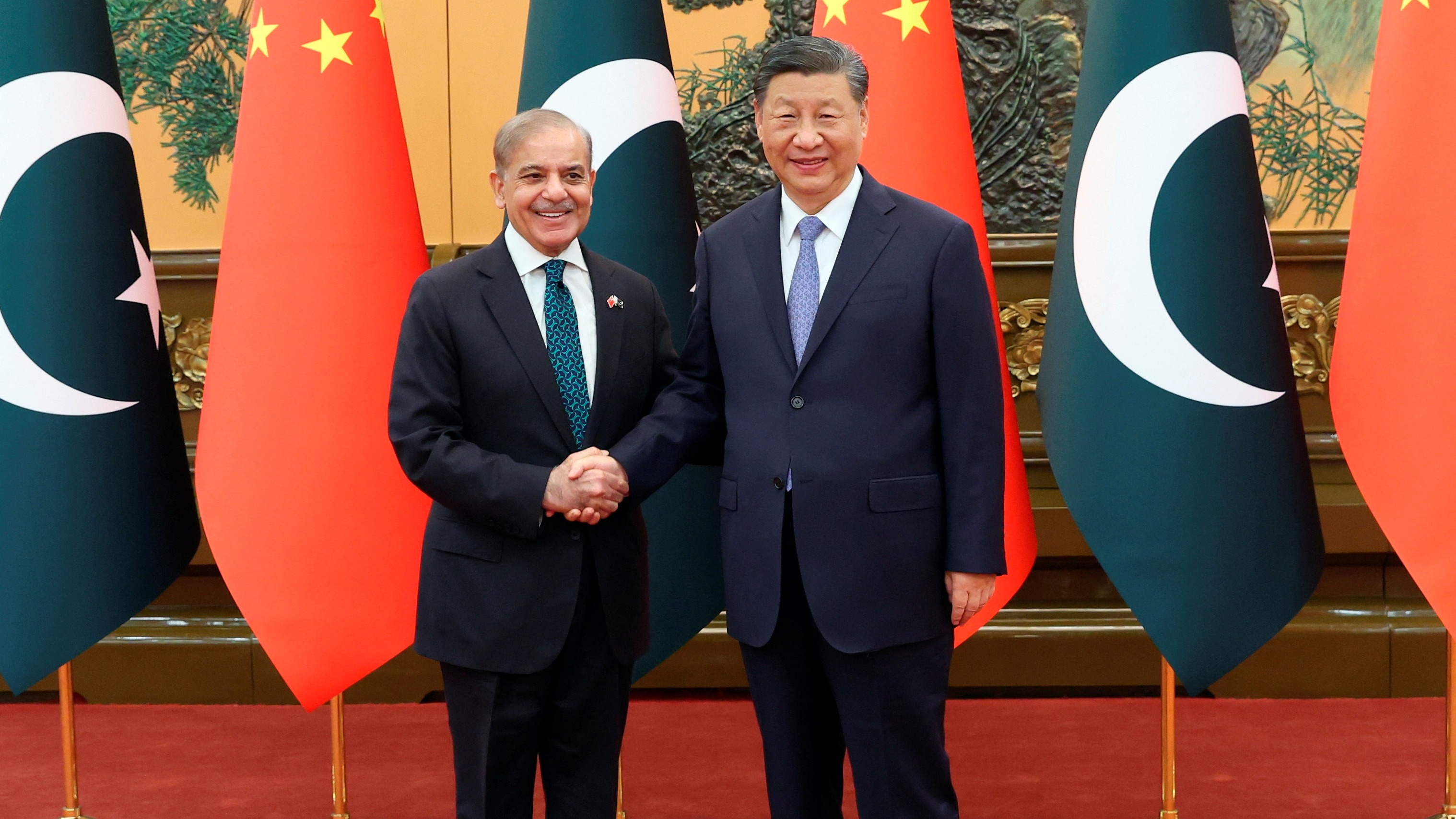
Pakistan, China's so-called "all-weather friend", is now host to the multi-billion-dollar China-Pakistan Economic Corridor (CPEC), which not only bolsters Pakistan’s infrastructure but also provides Beijing with direct access to the Arabian Sea. This is not mere economics—it is geostrategy in its rawest form.
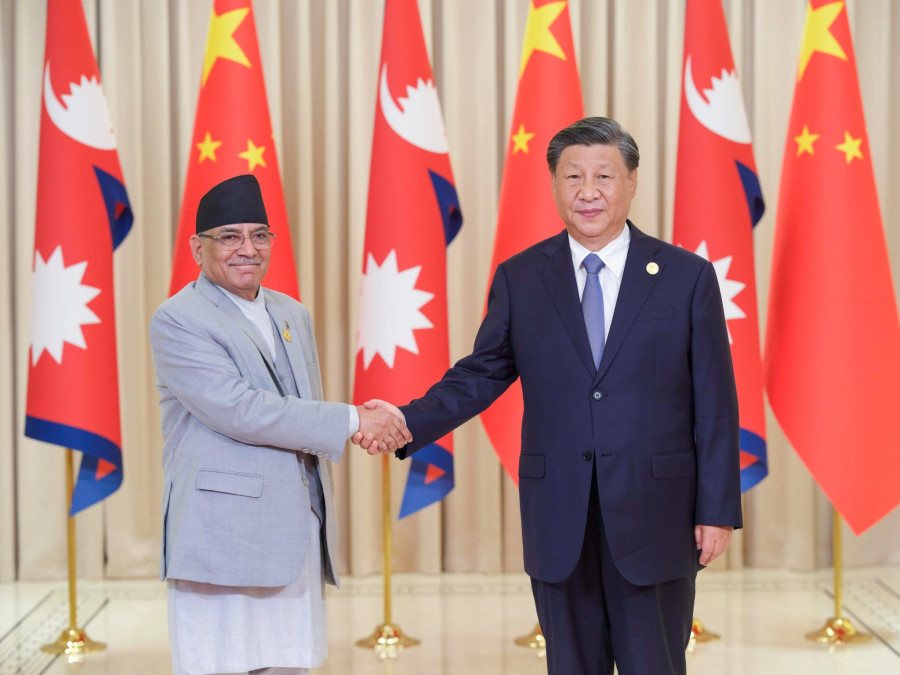
In Nepal, once a traditional Indian ally, political realignment and Chinese-funded infrastructure projects have pushed the Himalayan nation closer to Beijing. China has invested heavily in roads, hydropower, and telecommunications, while also fostering deeper ties with political factions historically wary of India.

Bhutan, long seen as a close Indian partner, is no longer immune. Chinese attempts to negotiate border deals directly, bypassing Indian sensitivities, along with alleged encroachments in disputed areas like Doklam, indicate a slow but deliberate push.
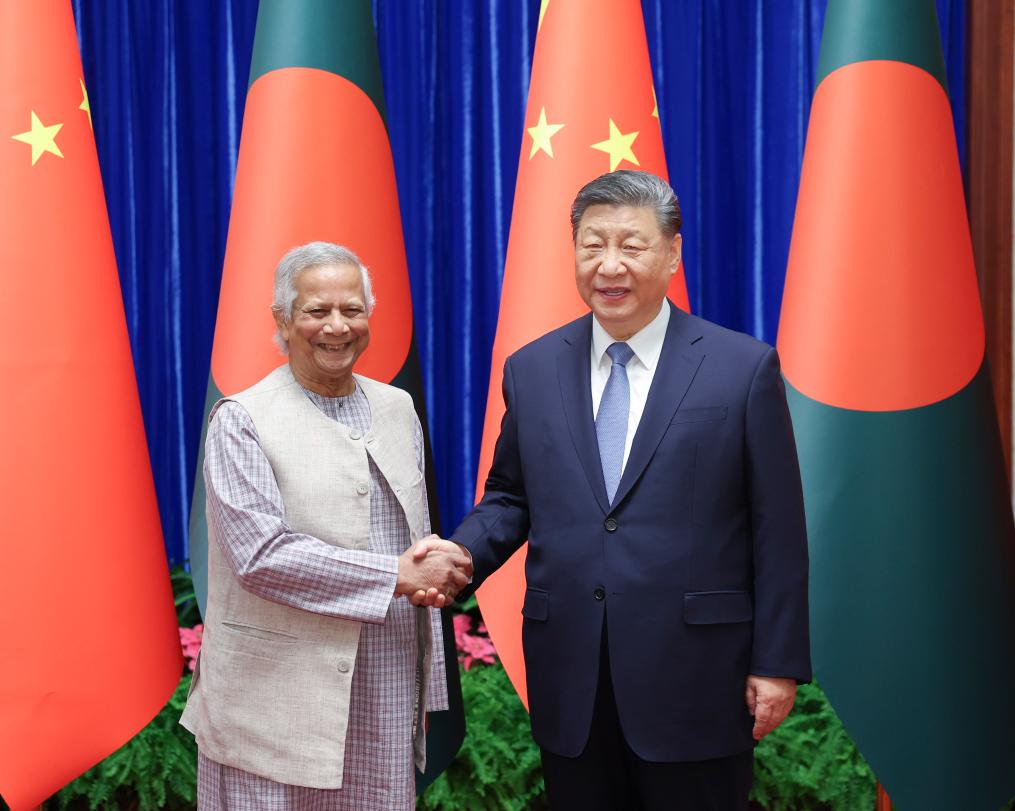
Bangladesh has diversified its economic partnerships, welcoming Chinese loans and infrastructure aid—most notably the Padma Bridge rail project. While relations with India remain cordial, the balance is shifting.
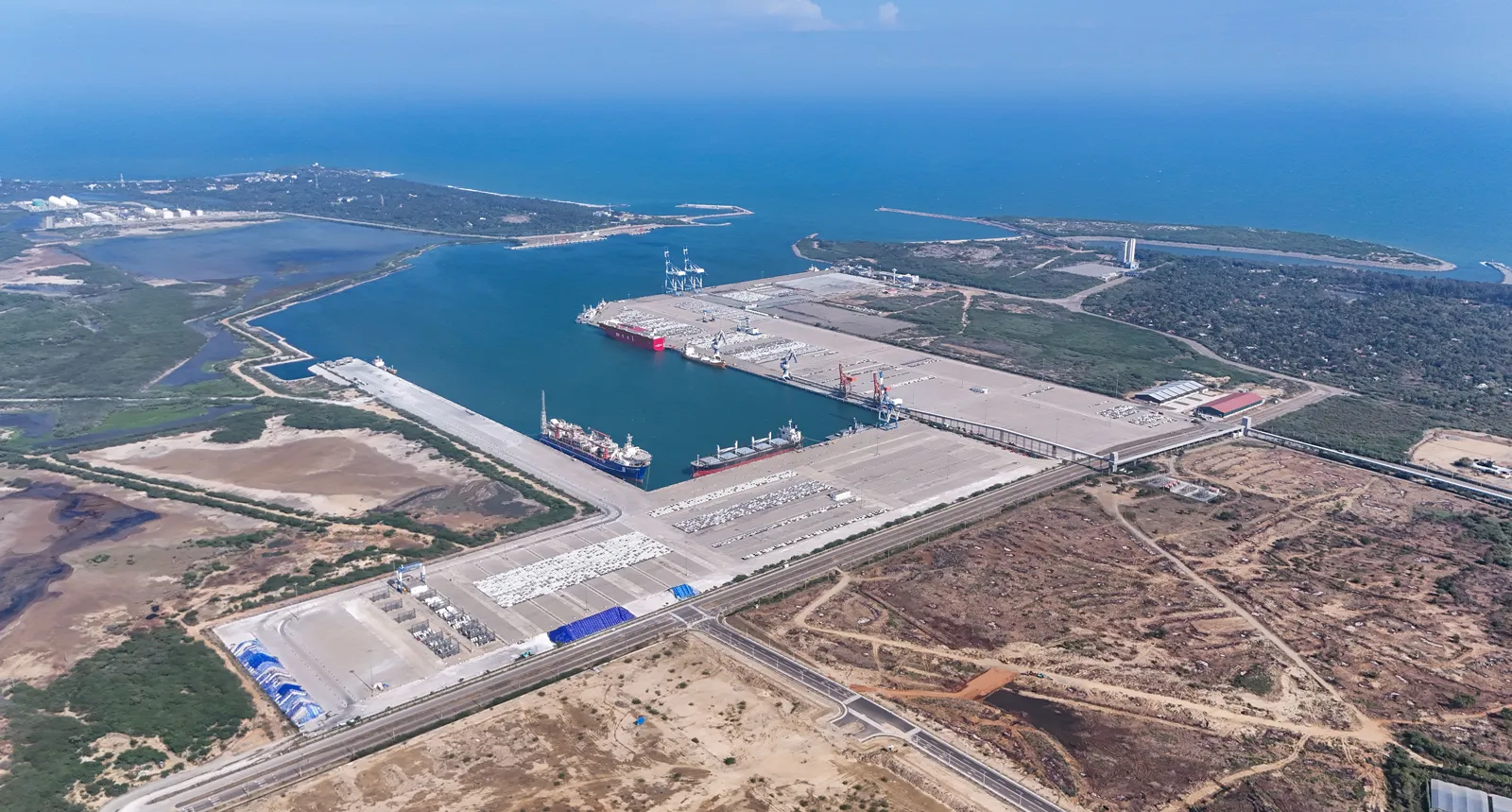
Sri Lanka is perhaps the clearest example of China’s leverage: Beijing helped finance and build the Hambantota Port, which Colombo was later forced to lease to China for 99 years due to its inability to repay the loans—classic debt-trap diplomacy.
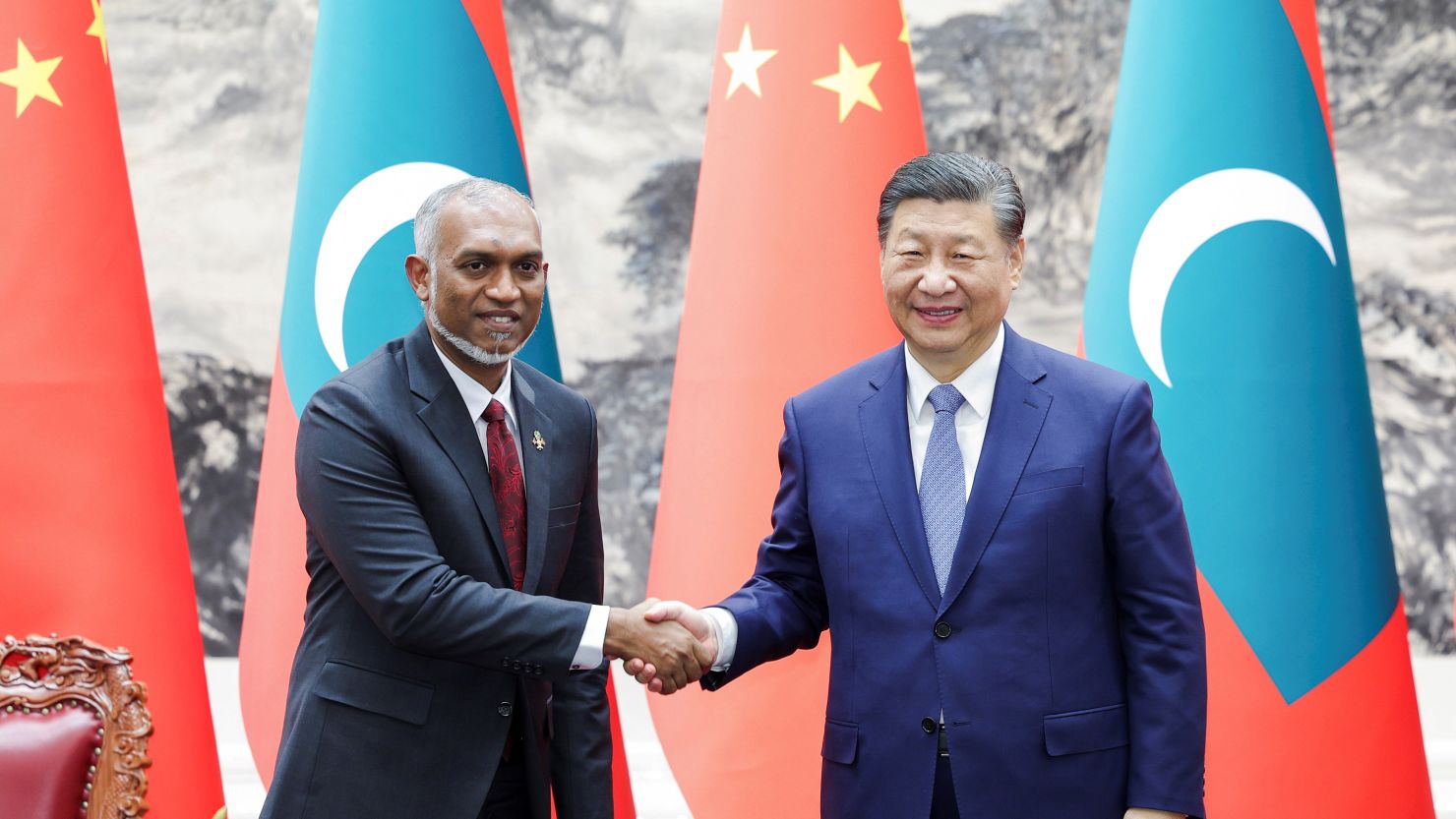
The Maldives, though now led by a relatively India-friendly government, continues to rely heavily on Chinese investments. There are growing concerns about Beijing's potential surveillance installations in the Indian Ocean nation.
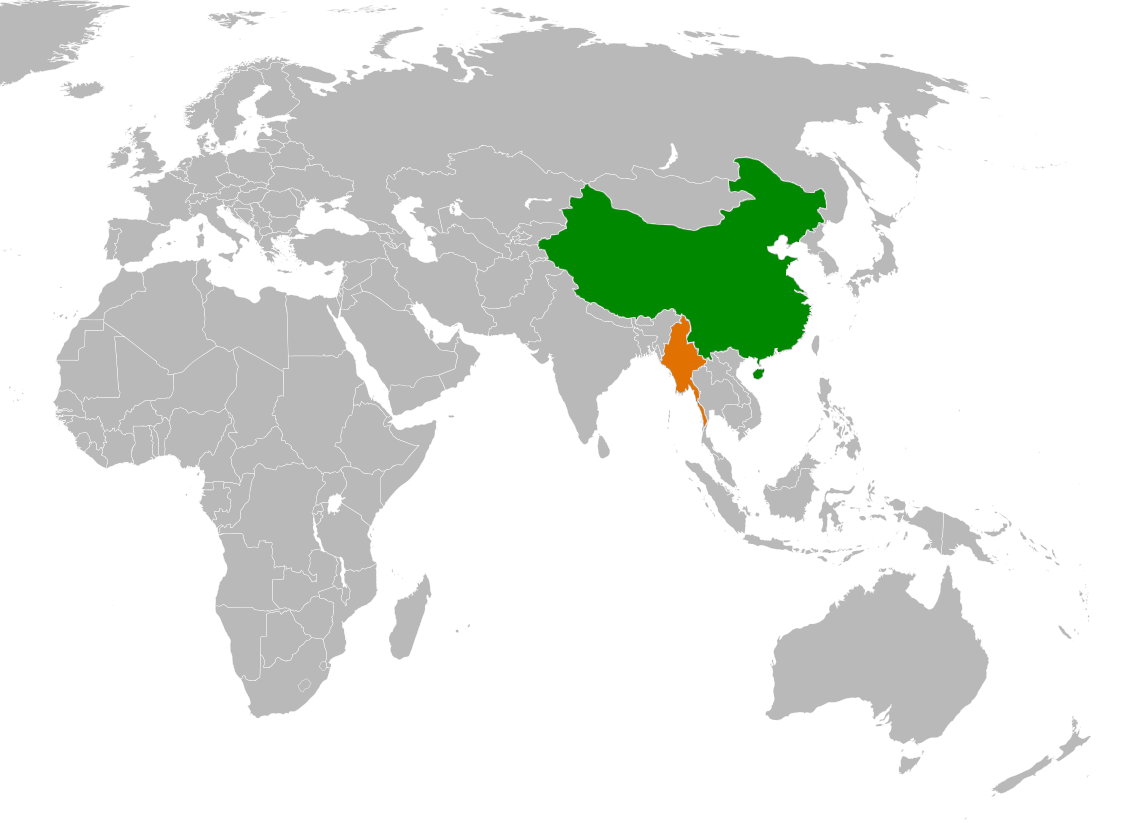
In Myanmar, China maintains deep ties with the ruling military junta and various ethnic armed groups. Its role in arms supply, infrastructure development, and diplomatic backing gives it substantial sway in a country that also borders India's sensitive Northeast.
This isn’t coincidence. It’s encirclement—by design.
Strategic Partnerships with Pakistan and Sri Lanka: The China Card
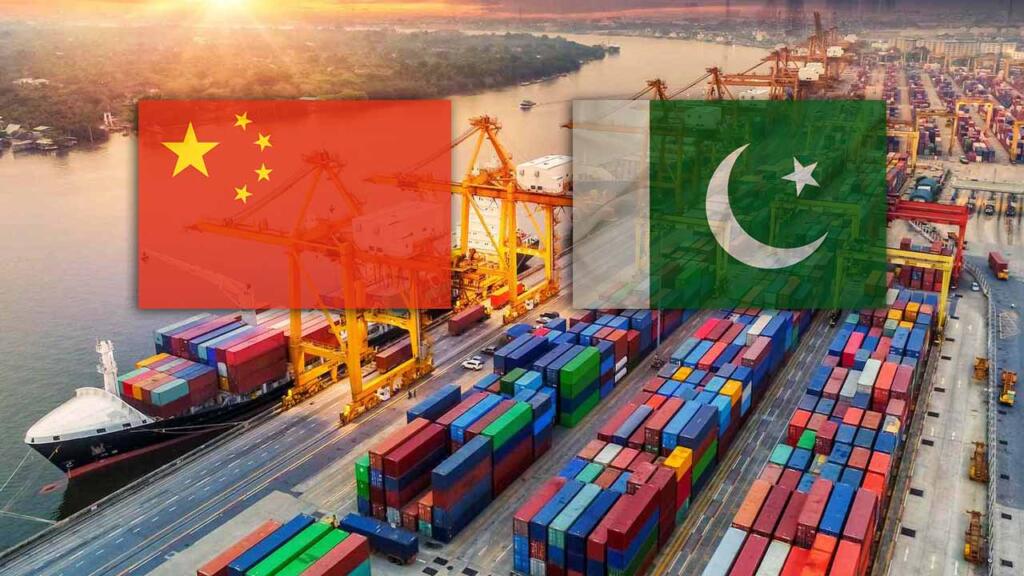
China’s relationship with Pakistan is not new, but it has become more multi-dimensional and aggressive in recent years. During the India-Pakistan skirmish in May 2025, China reportedly supplied Islamabad with advanced weapons, real-time intelligence, and diplomatic cover in international forums. While India has faced off with both countries independently in the past, the growing China-Pakistan axis increases the likelihood of coordinated or proxy confrontations.
Sri Lanka, meanwhile, presents a troubling case of economic coercion. The Hambantota Port lease was not just a commercial transaction—it gave China a foothold just miles from Indian shores. Add to that radar stations, maritime surveillance infrastructure, and the constant stream of Chinese naval visits, and the threat becomes clearer.
Beijing's strategic intent here is unmistakable: gain leverage over India's immediate maritime and land neighbourhoods to check New Delhi’s rise as a regional and global power.
Encirclement Through Diplomacy and Investments
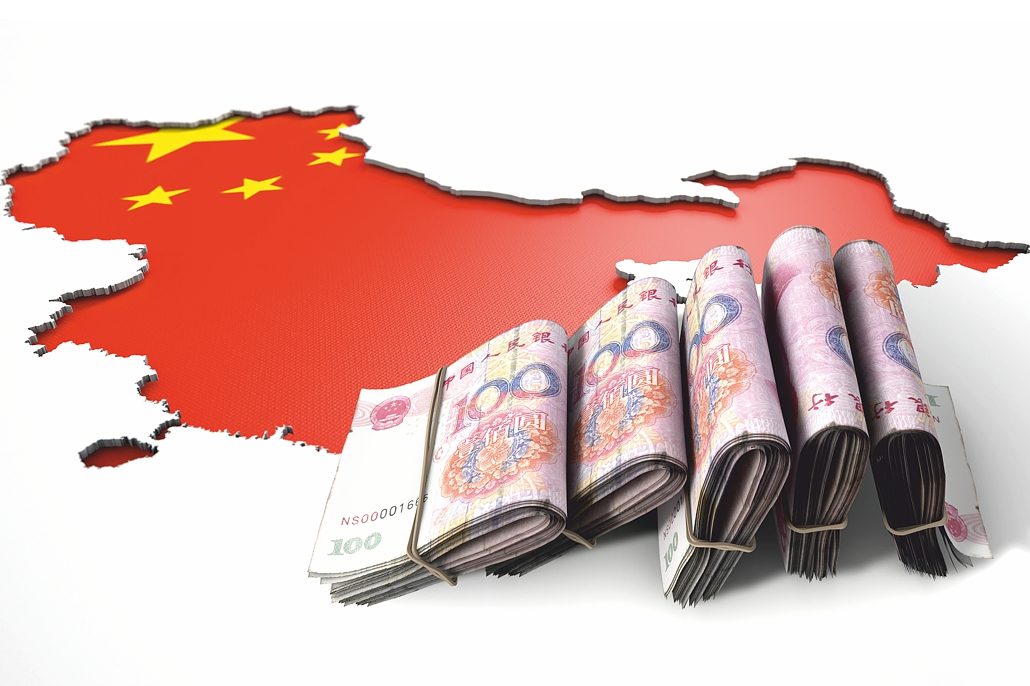
China’s Belt and Road Initiative (BRI) is not merely about roads and ports. It is a blueprint for influence and eventual dominance.
In Nepal, projects like the Kathmandu-Kerung railway and multiple hydropower ventures serve as economic bait—but also bind Kathmandu into a cycle of debt and political dependency.
The Maldives, while attempting to balance relations with both India and China, remains economically tethered to Beijing. Chinese companies have built housing projects, bridges, and airports, embedding Chinese workers and interests on key islands.
In Myanmar, Beijing has hedged its bets. It supports the junta diplomatically and economically while simultaneously arming and funding insurgent groups near the Indian border. This gives China leverage over both the military and the ethnic factions, while also keeping India’s northeastern borders in a state of perpetual tension.
A Complicated Relationship, Growing Risks
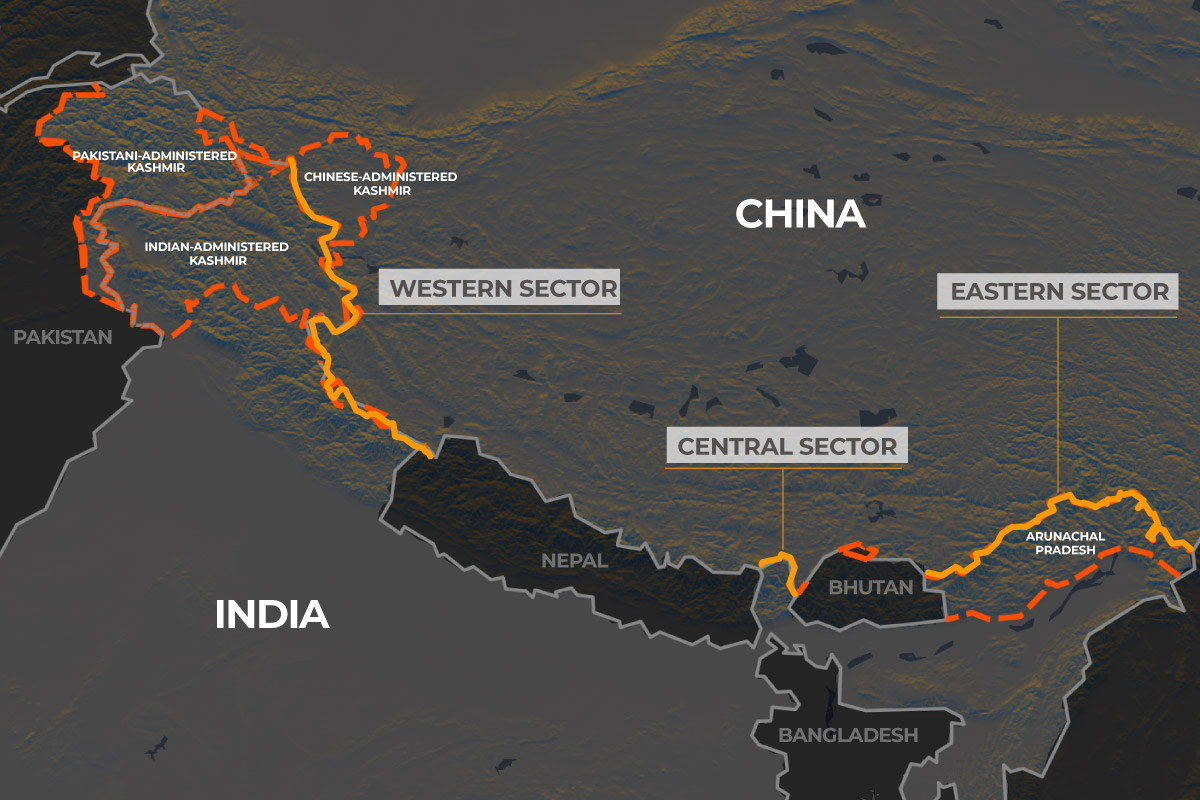
India’s relationship with China is often described as "complicated," but the reality is more concerning than that. Despite periodic diplomatic talks, trust between the two nations is minimal.
The 2020 Galwan Valley clash, the Ladakh standoff, and continuing Chinese infrastructural expansion along the Line of Actual Control (LAC) highlight how fragile the peace is. While both sides have occasionally disengaged at certain friction points, the overall military build-up remains high.
The possibility of a new flashpoint remains ever-present. Any military escalation—intentional or accidental—could see China ramp up support not just for Pakistan but for insurgent groups within India’s borders or adversarial political actors in South Asia.
Erosion of India’s Regional Sway
_1752743539.webp)
India has long prided itself on being the natural leader of South Asia. That position is increasingly under threat. Several of its neighbours now prefer to balance between India and China, often playing one against the other for economic and diplomatic gain.
India’s traditional “Neighbourhood First” policy has lacked the coherence, urgency, and financial muscle to match China’s aggressive outreach. Development projects are often delayed, diplomatic engagement reactive rather than proactive, and political outreach uneven.
For example, India’s infrastructural promises in Nepal and Bhutan have been overshadowed by Chinese speed and scale. In Bangladesh, while India has helped with COVID-19 vaccine supplies and power connectivity, Chinese economic deals appear more lucrative in the short term.
This loss of influence translates directly into security vulnerabilities. A neighbour that tilts too far toward Beijing becomes a strategic liability—one that can be used against India in both overt and covert ways.
Call To Consider: What India Must Do Now
_1752743589.jpg)
India is not without options. But it must act—fast and decisively.
-
Recalibrate Diplomacy and Economic Assistance
-
India must invest significantly in regional diplomacy. Ambassadors and envoys must be empowered to act swiftly, backed by funds and policy flexibility.
-
Fast-track infrastructure aid to neighbours, especially in sectors like energy, connectivity, and education.
-
Use cultural and religious ties as soft power tools to build lasting connections.
-
-
Deepen Economic and People-to-People Ties
-
Launch regional scholarship programs, health collaborations, and youth exchanges to strengthen long-term goodwill.
-
Offer sustainable alternatives to Chinese loans, even if on a smaller scale, with emphasis on transparency and mutual growth.
-
-
Enhance Military Preparedness
-
Improve defense infrastructure along the northern borders.
-
Strengthen naval presence in the Indian Ocean, particularly around the Andaman and Nicobar Islands, to counter Chinese maritime expansion.
-
-
Leverage Multilateral Platforms like the Quad
-
Deepen cooperation with Quad partners—the U.S., Japan, and Australia—to counter China’s influence across the Indo-Pacific.
-
Push for more joint military exercises, strategic dialogues, and technology sharing.
-
-
Proactively Manage Relations with Pakistan and Bangladesh
-
Explore backchannel diplomacy with Pakistan to stabilize the western front and deny China a unified front.
-
Deepen commercial and energy ties with Bangladesh, reinforcing India’s role as a reliable long-term partner.
-
The Clock Is Ticking
_1752743653.jpg)
India is at a crossroads. The strategic encirclement by China is not a future possibility—it is a present reality. Each day of inaction cedes more space to Beijing in South Asia, weakening New Delhi’s grip on its own backyard.
This is not merely a diplomatic challenge. It’s a geopolitical crisis-in-the-making. One that demands urgency, vision, and the political will to recalibrate how India engages with its neighbours and secures its borders.
Without sustained engagement and credible alternatives, India risks becoming an island of strategic isolation in a sea of Chinese influence. And by the time the danger bells are finally heard in Delhi, it may already be too late.
With inputs from agencies
Image Source: Multiple agencies
© Copyright 2025. All Rights Reserved Powered by Vygr Media.

